During the twentieth century, the knowledge exchange between Croatia and Hungary in the field of architectural and urban planning production was multifarious and persistent. It was achieved through popularisation and different models of transfer of knowledge, ideas and concepts, characteristic of the architectural profession – journals and magazines, design competitions, exhibitions, congresses, study trips, etc. Thanks to these modalities of professional exchange, architecture achieved its fulfilment – the synthesis of knowledge about life and the built environment, i.e. humanistic, social and artistic approach in conjunction with the engineering-technical one.
Until the First World War, the transfer was often directed in one direction from Budapest, the capital, to the Croatian periphery. Hungarian architects and builders constructed many buildings commissioned by its Government – like directorate offices of post, finance, forestry, railway, or numerous train stations – in Zagreb, Rijeka, Osijek and other parts of Transleithanian Croatia. Simultaneously, Austrian and German architects – which, like Hungarian ones, stem from the centres of architecture education such as Vienna, Münich and Berlin – contributed to the local architectural scene by constructing buildings like Zagreb Cathedral, the Palace of Sciences and Arts, First Croatian Savings Bank, etc. Particularly those buildings were presented to Hungarian architects at their study trip to Zagreb in 1902. This trip was preceded by the one of 1895, organised on the eve of the Millennium Exhibition in Budapest where, for the very first time, Croatian architects had the opportunity to present themselves in the Kingdom’s capital. As a result, the knowledge exchange and collaboration between Croatian and Hungarian architects emerged and rapidly reached its peaks in the forthcoming period.
Along with the political and social events at the turn of the century, the emancipatory process started within the scope of architectural production as well. When the final stylistic and formal liberation of Hungarian architecture from strong Viennese influences was happening around 1900, Croatian emancipatory practice in architecture, along with modernisation, had just started emerging. Curiously, one of its main proponents was naturalised Hungarian, Zagreb based Aladár Baranyai. Moreover, the design of the Zagreb branch of the Austro-Hungarian Bank was entrusted to the Croatian architects at the time. On the other hand, a number of Hungarian architects like Ernő Foerk travelled over Croatia and Balkan. On his study trip they had researched its historical and vernacular architecture, and included the conclusions of those travels into their architectural production. The dissolution of the Monarchy reduced the economic and cultural exchange. The long-awaited opening of the Technical School in Zagreb in 1919 was in favour of maintaining existing professional contacts, primarily through competitions and international organisations. The interwar period was thus marked by congresses like the International Congress of Builders in Zagreb and the 12th International Congress of Architecture in Budapest in 1930, and the several events of International Congress of Modern Architecture (CIAM) where both Hungarian and Croatian architects had participated. Of particular importance was CIAM-Ost established in Budapest in 1937. The Hungarian, Polish, Czechoslovakian and Croatian architects gathered together to discuss issues characteristic of Central East Europe such as modernisation of rural areas.
In late 1930s Croatia (as part of Yugoslavia) and Hungary turned to the Axis Powers in its foreign policies. The new political association resulted with the construction of the Hungarian pavilion at the Zagreb Fair and the construction of Yugoslav and the Independent State of Croatia pavilions at international fairs in Budapest.
Despite the common history, the professional knowledge exchange in the field of architecture and urban planning between Hungary and Croatia has never been the subject of a thorough systematic research. Using the exhibition Ars et Virtus: Croatia – Hungary. 800 years of Common Cultural Heritage, covering the period until 1918, as a starting point the project objective is to explore its modes and their contribution to spatial production theory and practice in Croatia from 1914 to 1945. Furthermore, the project will define a research method based on the hypothesis of two simultaneous modes of knowledge exchange – a vertical (centralised) and horizontal (democratic) one. The vertical mode stems from the centre to the periphery through education at architectural schools, offices and various cultural institutions of Vienna, Budapest and Prague. The horizontal mode is based on the collaboration of national architects’ associations from national centres like Trieste, Zagreb, Lviv, Sarajevo and Sofia, through journals, study trips, exhibitions etc. All of them were intended to contribute to excellence in architecture and planning along with the modernisation of society. The two modes are indeed complementary; they do not exclude one another and had different roles in particular period of time.
Along with research method the project will ultimately aim to establish a core of the future international research platform that would bring together researchers from Central and Eastern Europe within eventual European project. The project objective would be on the research of knowledge exchange within the wider area of former Austro-Hungary and Yugoslavia in the period from the mid-1850s to the 1990s. This particular timeframe is defined by the appearance of professional magazines and internet, the end of analogous and beginning of digital era, that radically changed the approach to knowledge. Further on, this particular spatial and time frame enable the critical exploration of interaction between two cultural circles and different socio-political systems. Within the bilateral Croatian-Hungarian project, we plan to use digital tools, the interrelation database of the CANis developed at the Institute of Art History. The database has special modules for journals, competitions, exhibitions and conferences gathering the data on articles, competitors, participants, etc. Conclusively, the database will enable data processing, and provide catalogue with relevant bibliography for each model of knowledge transfer along with public access.

